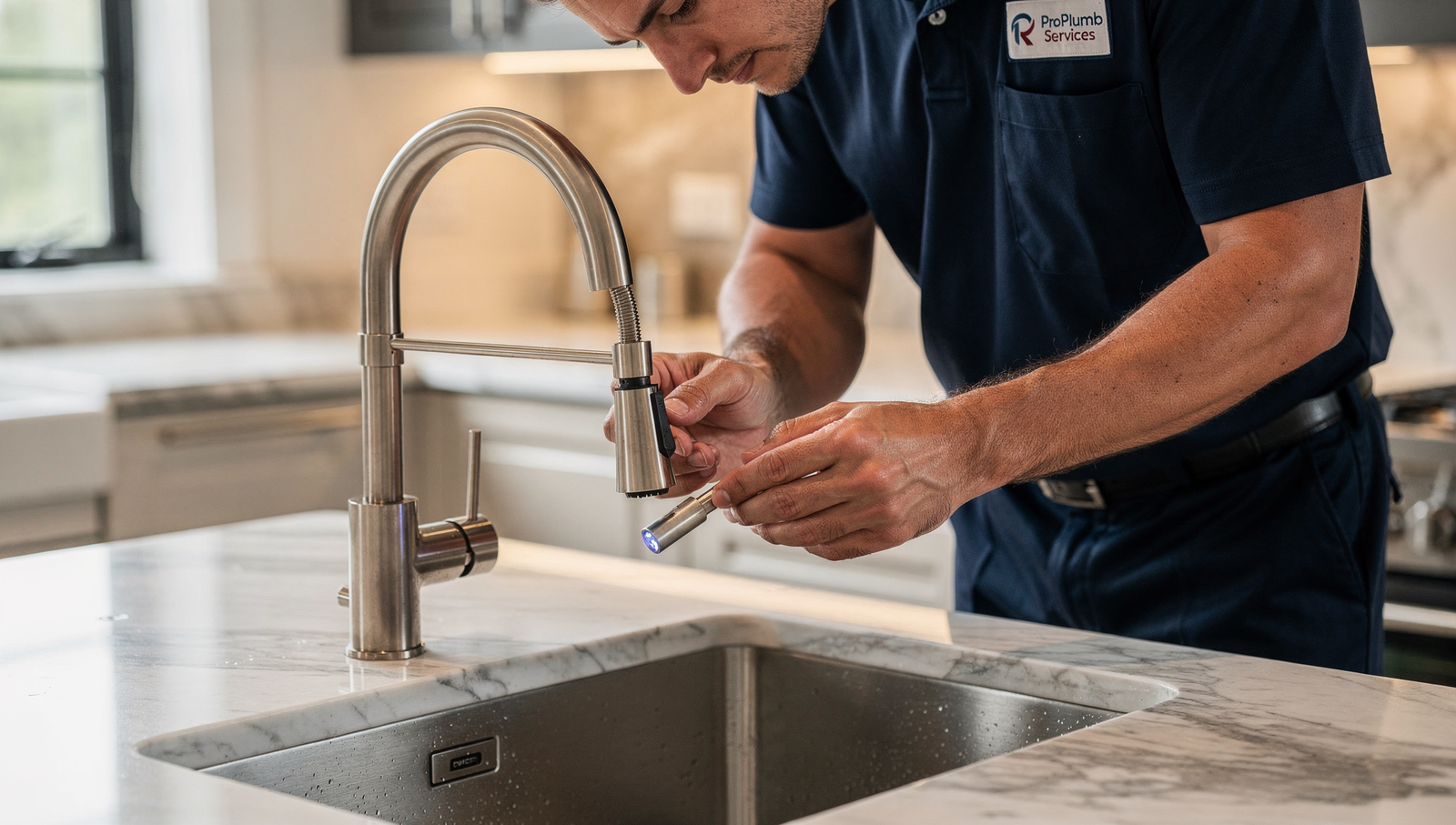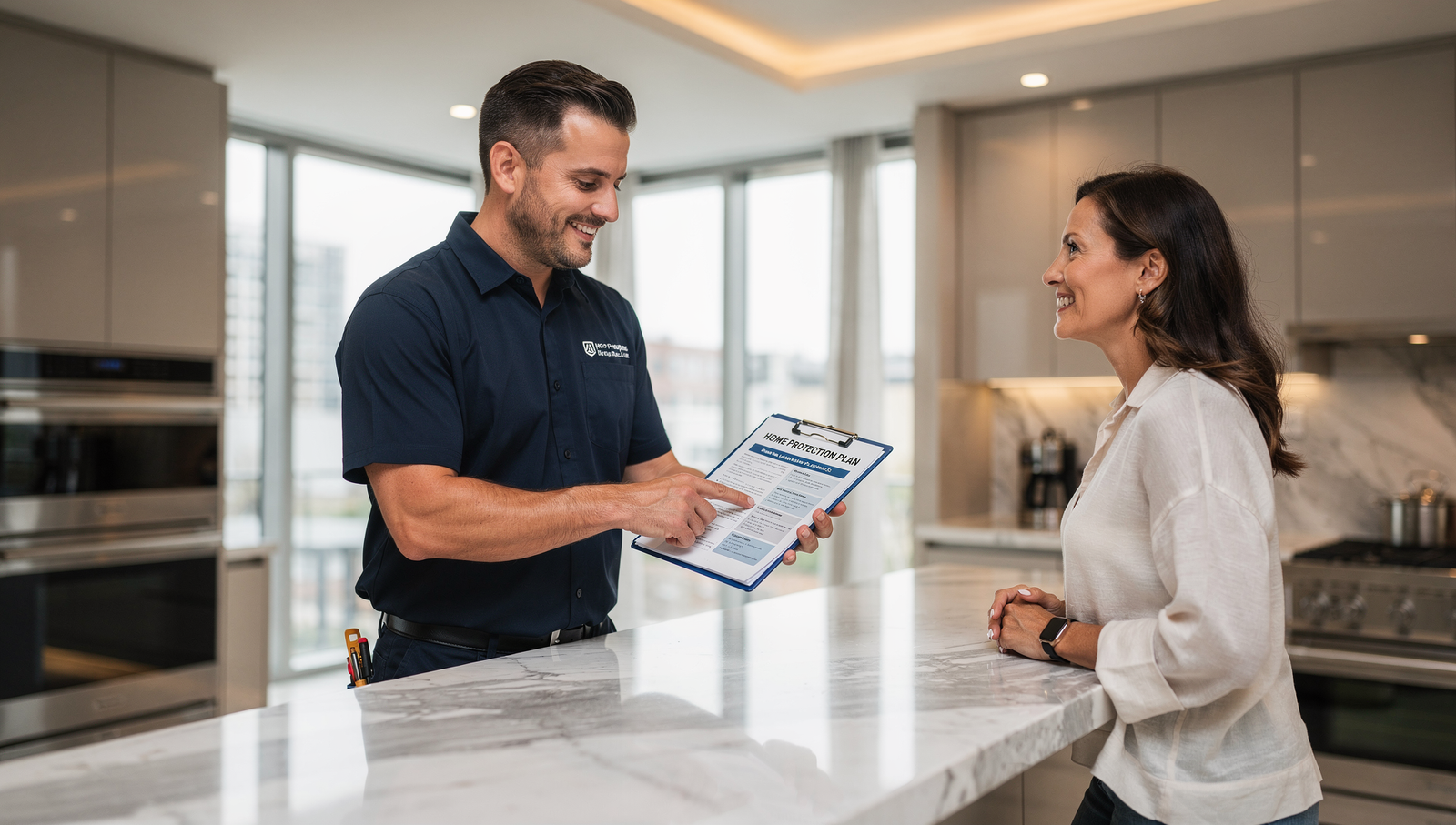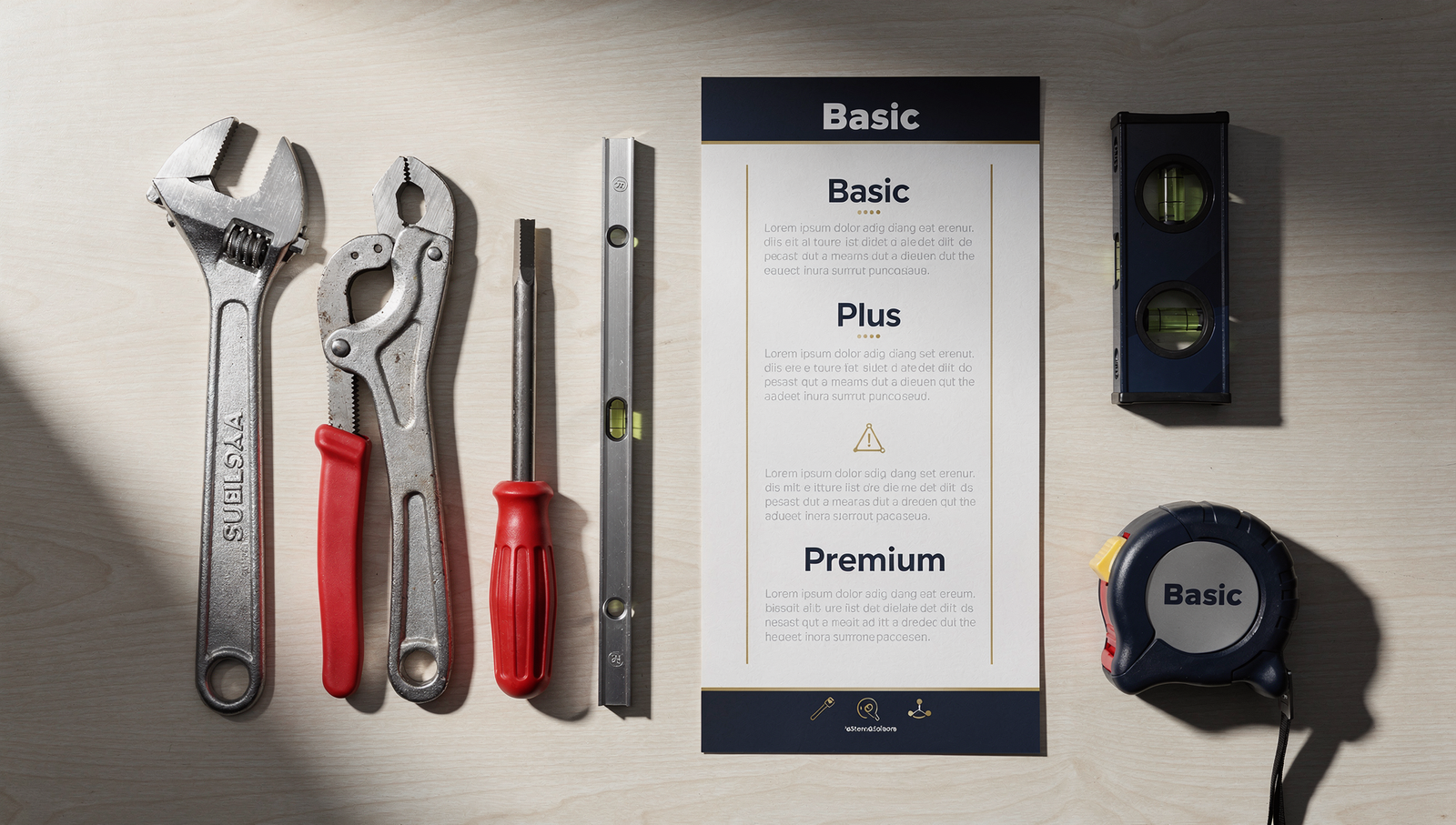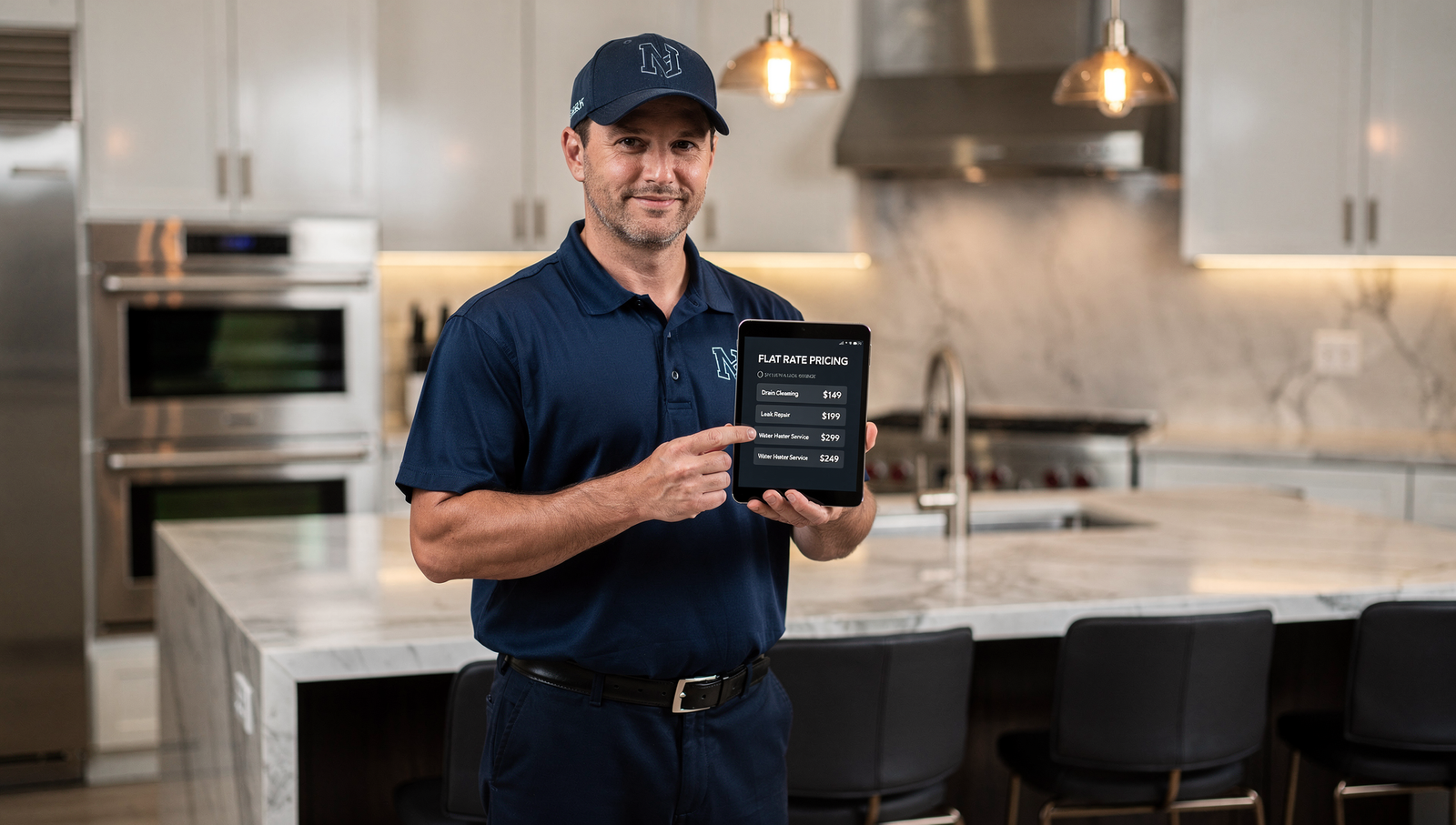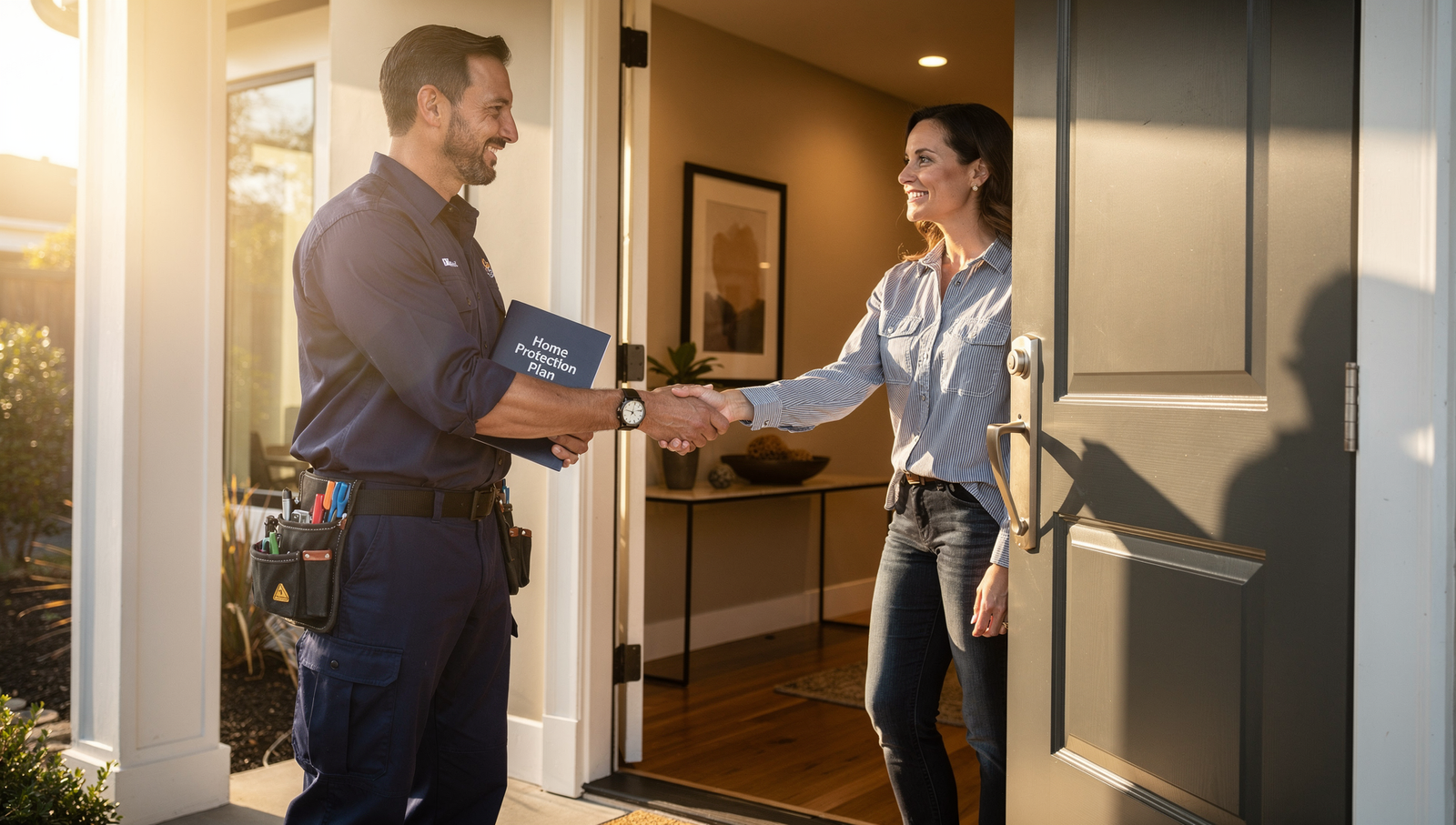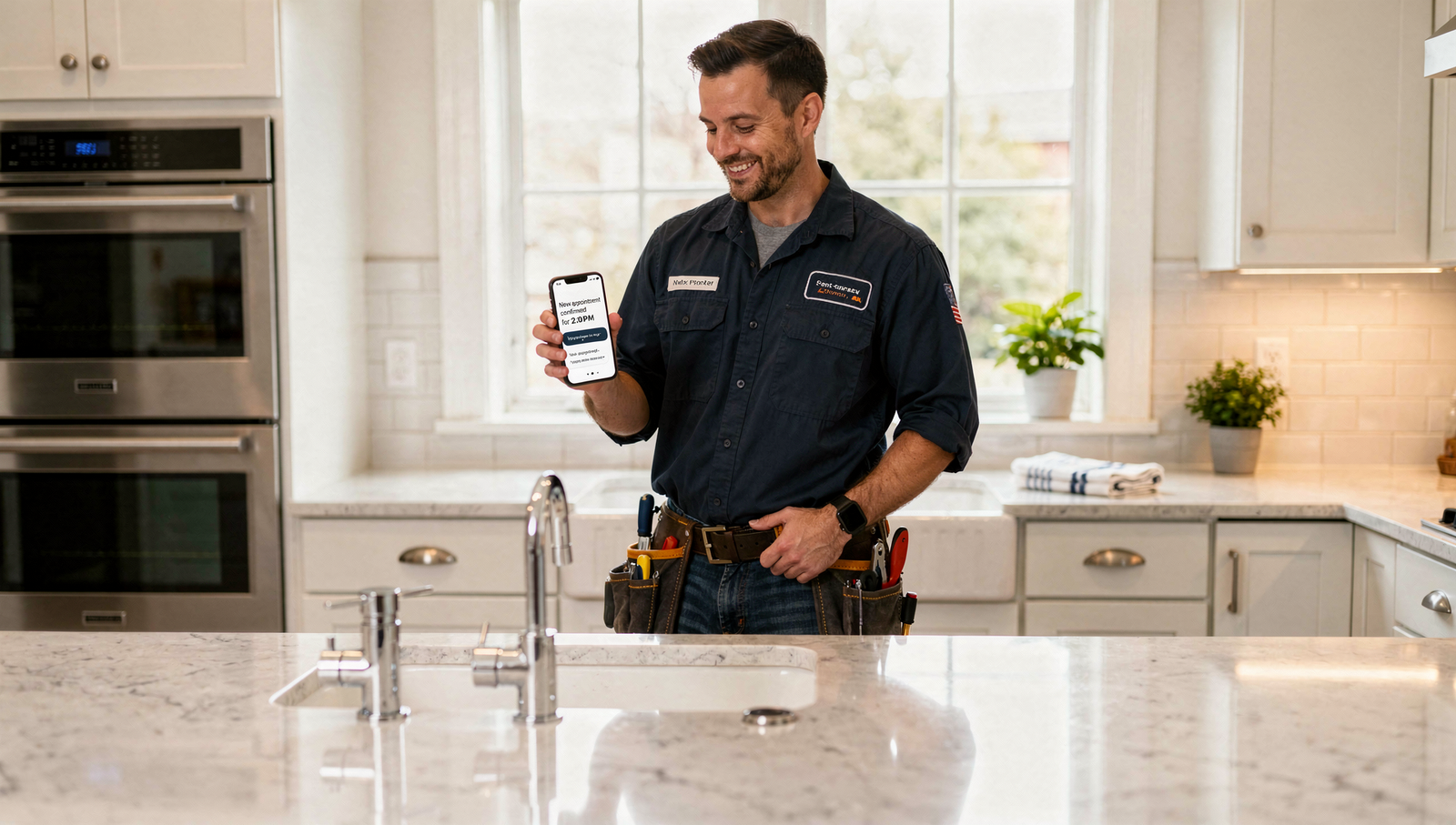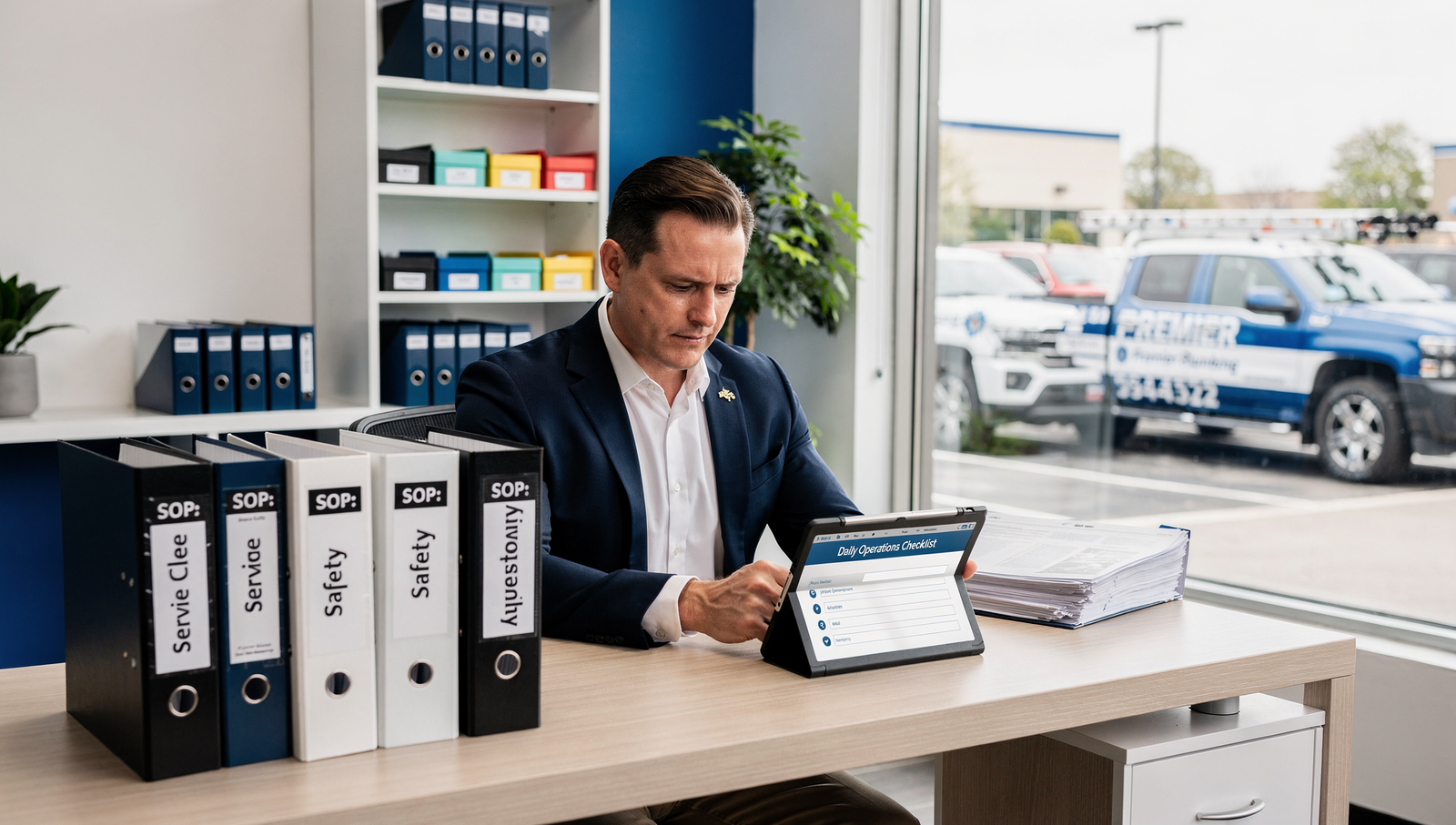Mobile Friendly Website Tips For Small Business: Mobile Optimization Tips for Local Business Websites
If you need mobile friendly website tips for small business, you are in the right place. Most customers first experience your brand on a phone, not a laptop. That tiny screen decides if they tap your call button or bounce. Let’s turn those mobile visitors into real leads with practical steps you can implement this week.
Mobile friendly website tips for small business: start with speed
A fast site wins the tap. Slow pages lose money. Independent studies repeatedly show that page load delays reduce conversions. On mobile data, every second counts.
Quick wins
Compress images before upload. Aim for under 200 KB for hero images when possible.
Use modern formats like WebP and AVIF where supported.
Defer noncritical scripts so content paints first.
Turn on caching at your host or CDN.
Real-world scenario
A local realtor’s listing page was 6 MB due to oversized photos. After compressing and lazy loading, the page loaded twice as fast and the agent saw more completed inquiry forms during weekend open houses.
For a deeper design pass once speed improves, see Best Website Design Tips for Small Business Owners and Why Your Website Isn’t Bringing in Leads.
Design for thumbs, not mice
Your customer is scrolling with one hand and coffee in the other. Make everything easy to reach and tap.
Thumb-first rules
Make tap targets at least 44 px in height.
Use clear, short labels like “Call Now” or “Book Today.”
Keep primary actions within the lower half of the screen on key pages.
Avoid cramped link lists. Buttons beat tiny text links.
Realtor example
Put “Schedule a Showing” as a fixed bottom button on listing pages. It should open a simple mobile form or your click-to-call.
Prioritize above-the-fold messaging
Mobile users decide quickly. Give them a headline, value, and action without scrolling.
What to show first
One-sentence value that matches local intent.
Trust signals like review stars or “Rated 4.9 on Google.”
A single primary CTA such as “Get a Free Quote.”
If your home screen feels cluttered, use the layout guidance inside How to Make Your Website Convert Visitors into Clients.
Make contact effortless
Your website’s job is to start conversations. Mobile should reduce friction at every step.
Must-haves
Sticky call button and tap-to-text.
Short forms with 3 to 5 fields max.
Auto-fill enabled and numeric keyboards for phone fields.
Click-to-map for directions.
Realtor example
On a listing, keep a three-field form: Name, Phone, Preferred Time. Nothing else. More fields reduce submissions on mobile.
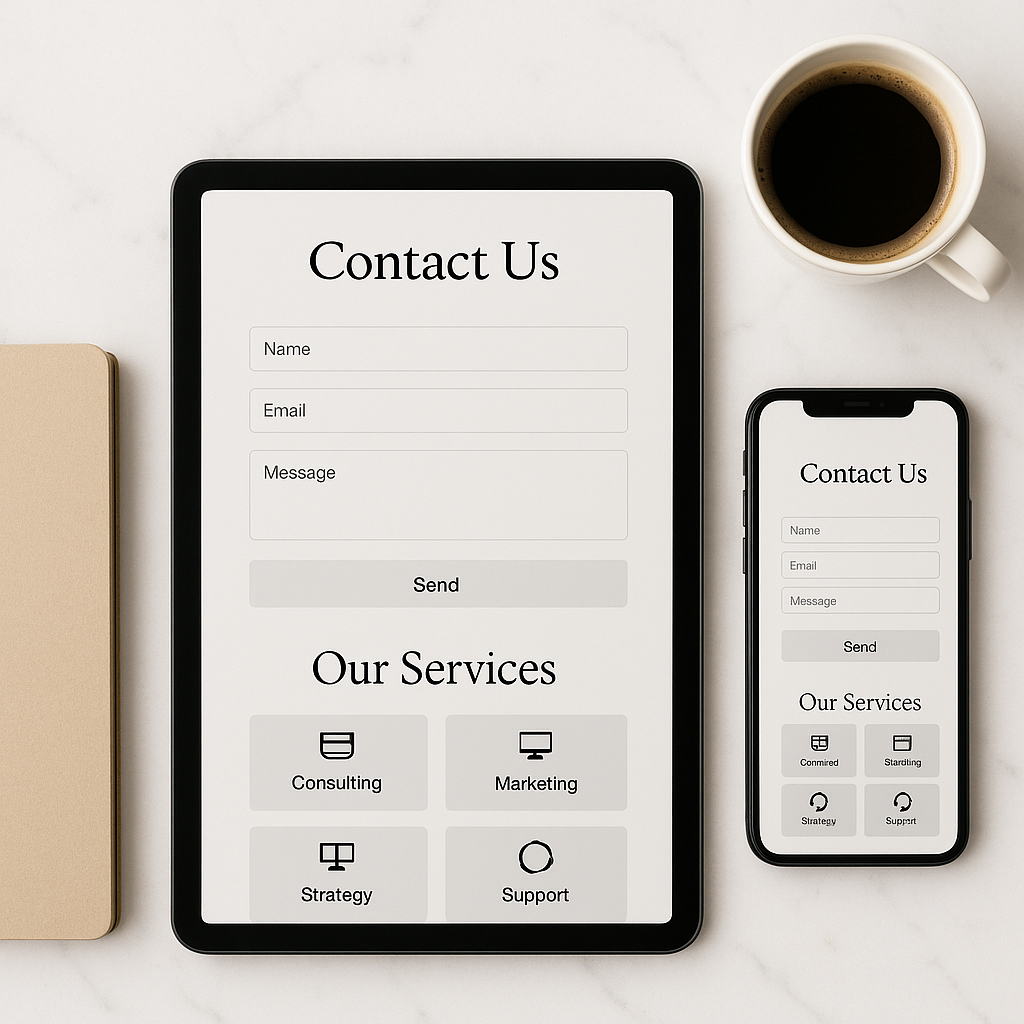
Want a Free Website Audit?
Fill out your information below and we will send you a personal screen share video of tips on how to make your actual website better!
Structure content for scanning
Walls of text kill mobile engagement. Break content into digestible chunks that still rank.
Formatting tips
Short paragraphs of two to four sentences.
Descriptive H2 and H3 headings that include keywords naturally.
Bulleted lists for features and benefits.
Bold key terms to guide the eye.
If you are rebuilding copy, follow the patterns in Simple Design Tweaks That Boost Small Business Credibility.
Use navigation that stays out of the way
Mega menus are great on desktop and painful on phones. Keep it simple.
Navigation checklist
Hamburger menu with 5 to 7 top items.
Bottom bar for up to 4 core actions: Home, Services, Reviews, Contact.
Search icon for large catalogs or content hubs.
Realtor example
Bottom bar: Home, Listings, Areas, Contact. “Areas” helps mobile users find neighborhoods fast.
Optimize images and video the right way
Your visuals sell the experience. On mobile they must load fast and display crisply.
Do this
Serve responsive images using modern responsive attributes.
Lazy load below-the-fold photos and videos.
Caption images with benefit-focused descriptions.
Host short clips and keep them muted with captions for silent viewing.
If visuals are part of your brand story, review palette choices in How to Choose the Right Colors for Your Brand.
Write headlines that fit small screens
A headline that looks great on desktop can wrap awkwardly on phones. Aim for clarity first.
Headline rules
40 to 60 characters is a safe range.
Lead with the value and include your city when relevant.
Avoid clever-only wording. Be clear and specific.
Realtor example
“Tour New Homes in Tampa Today” beats vague lines. It states action, niche, and location.
Make forms feel effortless
Most leads come from forms. On mobile, micro-frictions block submissions.
Form upgrades
One column layout with generous spacing.
Progressive disclosure for optional fields.
Inline validation to prevent errors.
Use choices like radio buttons and pickers instead of long text inputs.
For a complete setup guide, pair this with How to Create a Professional Website for Your Small Business.
Build trust where it matters most
Trust drives taps. Place proof right next to your calls to action.
Trust placements
Star ratings and review snippets near buttons.
Security badges next to checkout or form submit.
Short testimonials from recognizable local names.
Realtor example
Under “Schedule a Showing,” include “Trusted by 120 Tampa buyers this year” with a link to recent reviews.
Track the mobile metrics that matter
If you cannot measure it, you cannot improve it. Focus on the numbers that correlate with revenue.
Key metrics
Mobile conversion rate
Time to First Byte and Largest Contentful Paint
Tap-through rate on call and text buttons
Form completion rate by device
Bounce rate from key mobile pages
Use these to guide changes. If your calls are not getting tapped, make the button bigger and move it lower on the screen.
For conversion patterns that hold true across industries, see Website Conversion Tips for Small Business.
Local SEO that favors mobile users
Local intent is strongest on phones. Make sure searchers can find and contact you in seconds.
Mobile-local essentials
Consistent NAP across your site and profiles.
Clickable phone and address in your header and footer.
Service-area pages with clear CTAs and maps.
Schema markup for LocalBusiness, phone, and reviews.
Reinforce all of this with ideas from Best Homepage Layout for Small Businesses.
Accessibility is a superpower
Accessible sites work better for everyone on mobile. They also reduce bounce.
Accessibility tips
Color contrast that passes WCAG guidelines.
Alt text that describes function and benefit.
Keyboard and screen reader support for forms and menus.
Avoid text baked into images so content scales cleanly.
Accessibility changes often improve SEO and conversions at the same time.
A simple 7-step mobile audit you can do today
Load your homepage on a phone over cellular. Note the load time.
Tap your main CTA. Count the steps to submit.
Try calling your business with one thumb.
Read your headline. Does it fit on two lines or less.
Scan your services. Can you reach each with two taps.
Open a popular page and scroll. Are paragraphs short and scannable.
Submit your contact form. Any friction or errors.
If two or more steps felt slow, fix those first. Then re-test.
Conclusion and next step
Mobile is now your main storefront. Apply these mobile friendly website tips for small business and you will reduce friction, build trust, and drive more calls and form submissions. If you want help implementing this playbook, book a free consultation with Digital Dream Homes and we will optimize your site for real results.
Matt Pieczarka
Other Posts About Small Business Websites You Might Like…
- Small Business Website Design Tips for Small Business Owners
- How to Create a Professional Website for Your Small Business
- Common Small Business Website Mistakes That Are Costing You Customers
- Best Homepage Layout for Small Businesses
- Website Conversion Tips for Small Business: How to Make Your Website Convert Visitors into Clients
- How to Make Small Business Website Look Professional: Simple Design Tweaks That Boost Small Business Credibility
- Best Website Colors For Small Business Branding: How to Choose the Right Colors for Your Brand
- Why Small Business Websites Fail: Why Your Website Isn’t Bringing in Leads
- Mobile Friendly Website Tips For Small Business: Mobile Optimization Tips for Local Business Websites
- Contact Page Optimization for Small Business: How to Create a “Contact Us” Page That Actually Gets Results
See How Many Closings You're Losing to Zillow!
Click Here to Use our Calculator to See How Many Clients Zillow is Taking From You Per Year!
9 Plumbing Company Branding Strategies That Get More Calls
9 Plumbing Company Branding Strategies That Get More Calls Facebook X LinkedIn Threads Email The tricks learned in this video and blog post will help you get your brand to as many
7 Plumbing Membership Plans Benefits That Boost Profit
7 Plumbing Membership Plans Benefits That Boost Profit Facebook X LinkedIn Threads Email The tricks learned in this blog post have increased recurring revenue for one of our plumbi
7 Plumbing Services Pricing Tiers That Sell Like Crazy
7 Plumbing Services Pricing Tiers That Sell Like Crazy Facebook X LinkedIn Threads Email The tricks learned in this video and blog post have gotten one of our clients an average of
7 Plumbing Service Pricing Strategies To Boost Profit
7 Plumbing Service Pricing Strategies To Boost Profit Facebook X LinkedIn Threads Email The tricks learned in this video and blog post have gotten one of our clients an average of
7 Plumbing Maintenance Agreement Strategies That Drive Revenue
7 Plumbing Maintenance Agreement Strategies That Drive Revenue Facebook X LinkedIn Threads Email Most plumbers leave recurring revenue on the table. These maintenance agreement str
AI Tools for Plumbing Businesses That Book Jobs 24/7
AI Tools for Plumbing Businesses That Book Jobs 24/7 Facebook X LinkedIn Threads Email The AI tricks learned in this blog post have gotten one of our plumber clients an average of
Hiring Plumbers And Onboarding Program For Rockstar Crew Growth
Hiring Plumbers And Onboarding Program For Rockstar Crew Growth Facebook X LinkedIn Threads Email The strategies in this blog post helped one of our plumbing clients cut onboarding
7 SMART Goals For Plumbing Growth In 90 Days
7 SMART Goals For Plumbing Growth In 90 Days Facebook X LinkedIn Threads Email The strategies in this blog post helped one of our clients get organized and grow his plumbing busine
5 Step Plumbing SOPs Creation Guide For Stress Free Growth
5 Step Plumbing SOPs Creation Guide For Stress Free Growth Facebook X LinkedIn Threads Email The strategies learned in this blog post have helped one of our clients reach the next

